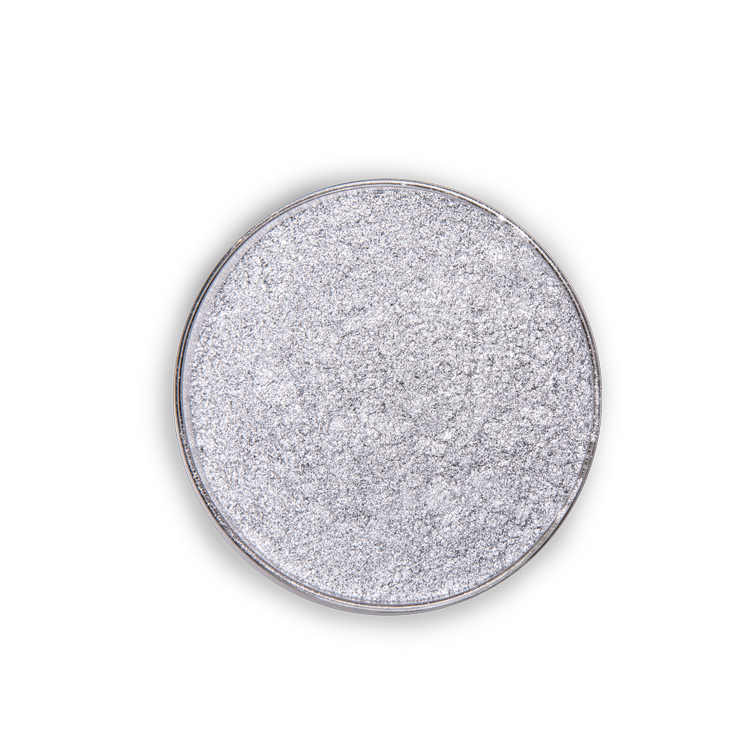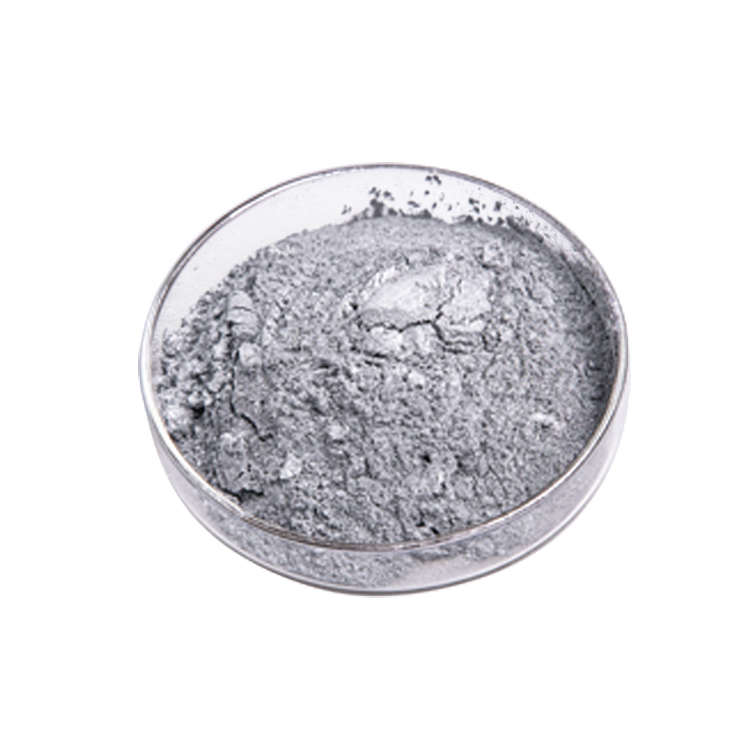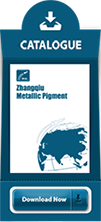Flake Aluminium Powder vs Leafing Aluminium Powder Differences
2025 / 11 / 20Why This Comparison Matters
Flake aluminum powder and foil aluminum powder are the two most widely used aluminum pigment powders in coatings, inks, plastics, and industrial materials.
Understanding their differences helps manufacturers select the right pigments, control surface effects, and effectively manage aluminum powder costs.
As an industry expert from Zhangqiu Metal Pigment Co., Ltd., I will explain their principles, functions, and application differences in a concise and easy-to-understand technical news format.
What Is Flake Aluminium Powder & Leafing Aluminium Powder?
Flake aluminum powder is produced by ball milling pure aluminum into thin flakes with a high specific surface area, making it ideal for manufacturing coatings with metallic luster and reflective properties.
Leafing aluminium powder is coated with fatty acids (often stearic acid), giving it strong floating ability so it forms a bright metallic layer on the surface of coatings.
Both belong to the broader aluminum pigment powder family, but their structural and chemical differences determine distinct performance.


Flake Aluminium Powder — Structure & Performance
Flake aluminium powder is characterized by:
-
Uniform flake morphology
-
Smooth reflective surfaces
-
High brightness and covering power
This pigment disperses evenly throughout the coating film rather than floating to the top, making it suitable for:
-
High-performance industrial coatings
-
Plastic masterbatches
-
Powder coatings
-
Conductive or thermal applications
Its price depends on particle size, purity, and brightness grade, linking closely with general aluminium metal powder price trends.
Leafing Aluminium Powder — Floating Principle Explained
Leafing aluminium powder contains a hydrophobic surface coating, allowing flakes to migrate upward during film formation.
This floating effect produces:
-
Mirror-like metallic finish
-
High reflectivity
-
Water-resistant top metal layer
Leafing grades are commonly used in:
-
Anti-corrosion paints
-
Roof coatings
-
Metallic inks
-
Firework compositions
Because of its specialized surface treatment, leafing types are generally priced slightly higher than standard flake powders.
Key Differences at a Glance
| Feature / Type | Flake Aluminium Powder | Leafing Aluminium Powder |
|---|---|---|
| Floating Ability | ❌ Does not float | ✅ Floats to surface |
| Surface Treatment | None or minimal | Fatty-acid coated |
| Visual Effect | Smooth metallic | Mirror-like metallic |
| Applications | Coatings, plastics, powder coatings | Inks, anti-rust coatings, reflective paints |
| Price Influence | Particle size, purity | Treatment cost, floating ratio |
These differences determine performance and aluminium metal powder price levels in actual markets.
Industry applications and price analysis of flake aluminum powder and foil aluminum powder
1. Coatings Industry
-
Flake aluminium powder → preferred in automotive and industrial coatings for uniform metallic texture.
-
Leafing aluminium powder → ideal for protective coatings that require high reflectivity and water resistance.
2. Plastics & Masterbatch
Only flake aluminium powder is suitable because leafing grades would migrate to the surface during molding.
3. Inks & Printing
Leafing grades produce stronger metallic decorative effects.
4. Price Comparison Insight
Overall:
-
Leafing aluminium powder tends to be higher in price
due to additional coating and processing. -
Market fluctuations in raw aluminum and production energy cost strongly influence the aluminium metal powder price globally.
With 30+ years of manufacturing experience, ZHANGQIU METALLIC PIGMENT offers optimized cost-performance solutions for all sectors.
FAQ
Q1: Why choose flake aluminium powder for industrial coatings?
Because it provides uniform distribution, strong hiding power, and stable performance under high temperature or chemical exposure.
Q2: Why does leafing aluminium powder float to the surface?
Its surface is coated with fatty acids, making it hydrophobic and enabling upward migration during drying.
Q3: Is aluminum pigment powder safe to use?
Yes. When handled according to industrial safety guidelines, it meets global standards including ISO, RoHS, and REACH.
Q4: What affects aluminium metal powder price the most?
Purity, particle size, surface coating, energy consumption, and global aluminum raw material prices.
Conclusion
Choosing between flake aluminium powder and leafing aluminium powder directly affects coating performance, appearance, and cost.
For expert guidance, stable supply, and competitive pricing, contact our technical team at:
Contact our technical team for samples, pricing, or customization:
Website: https://zqmetallic.com/
Email: info@zqmetallic.com

